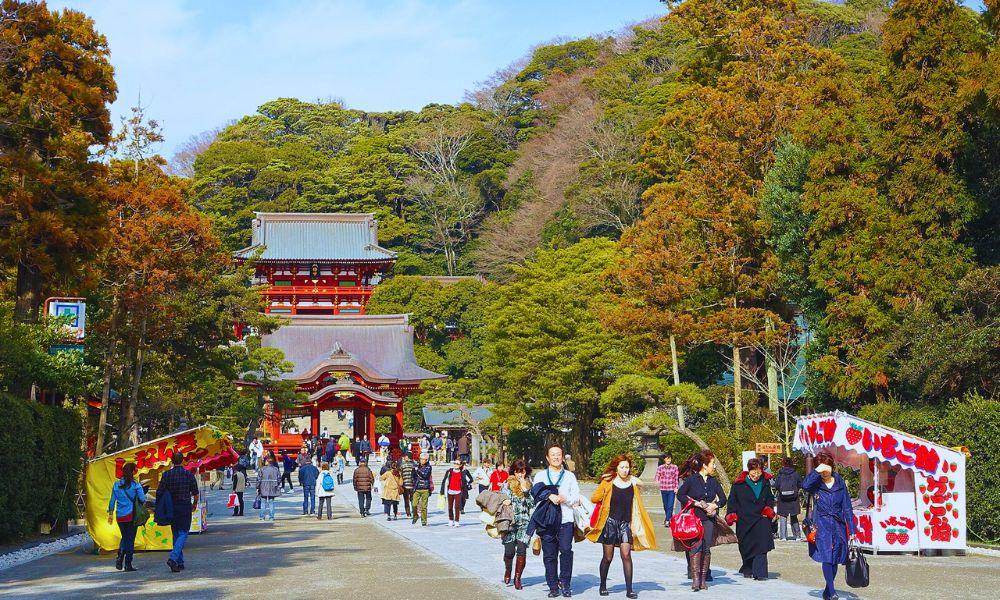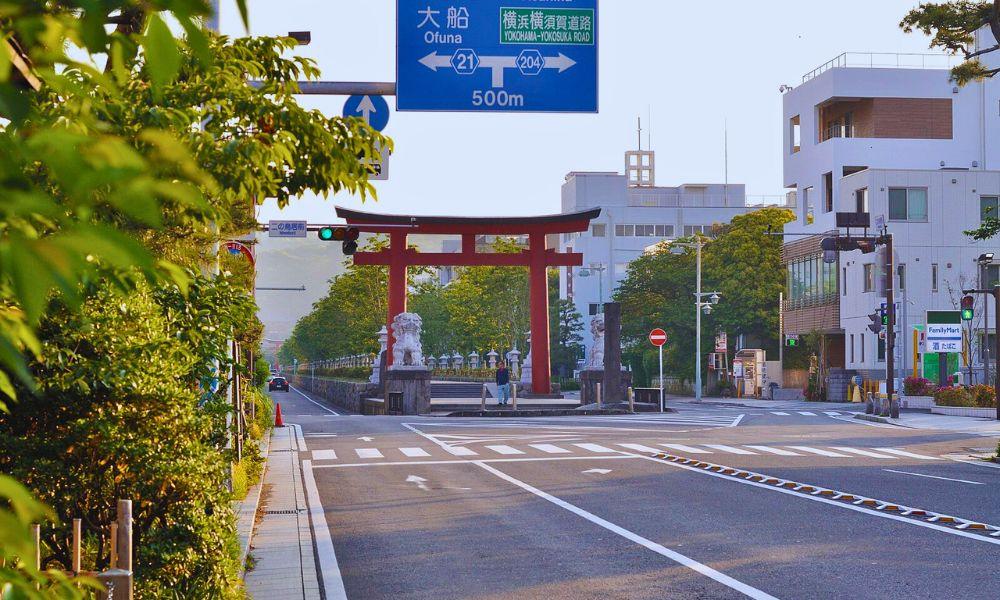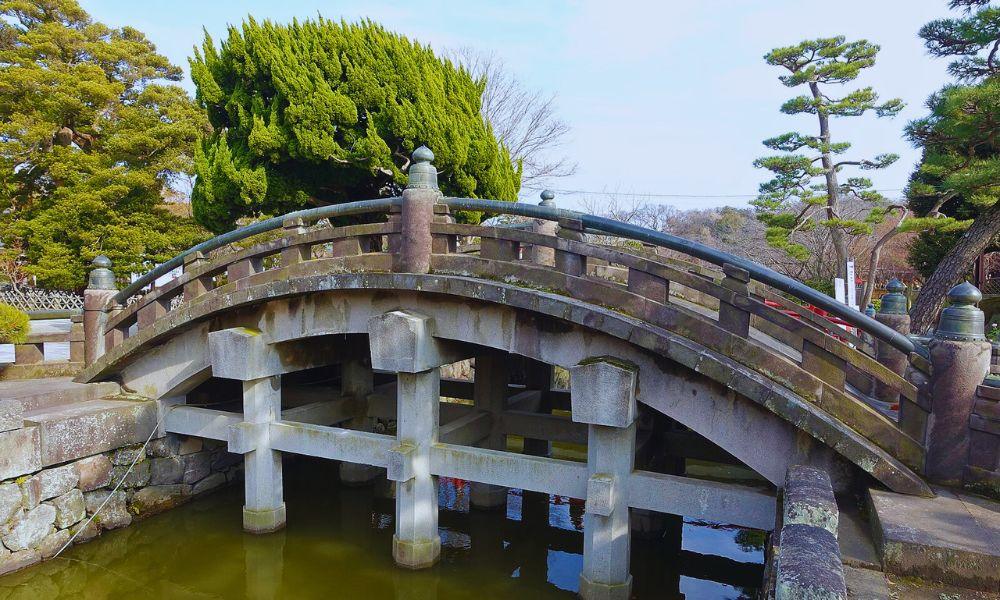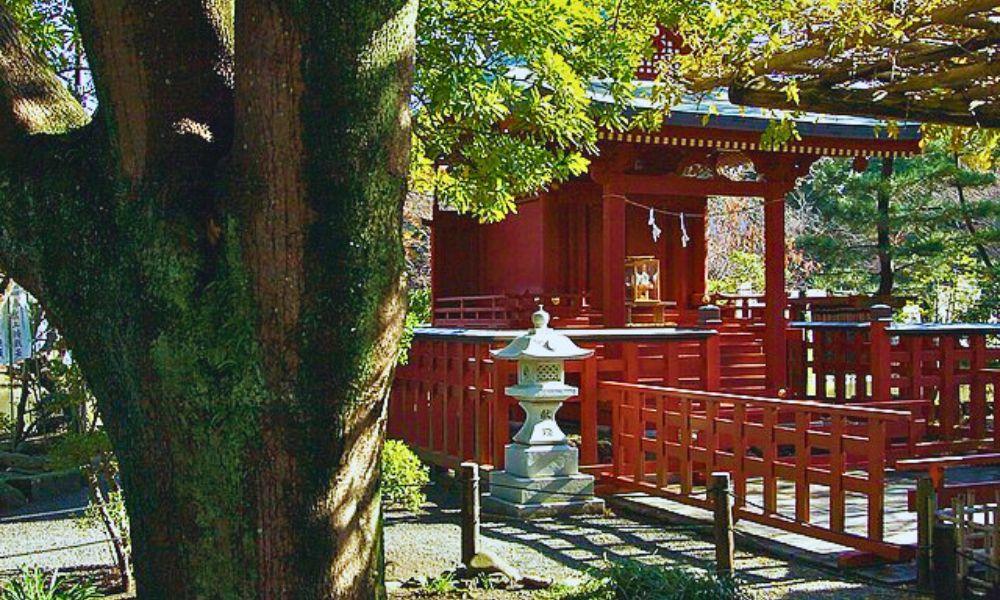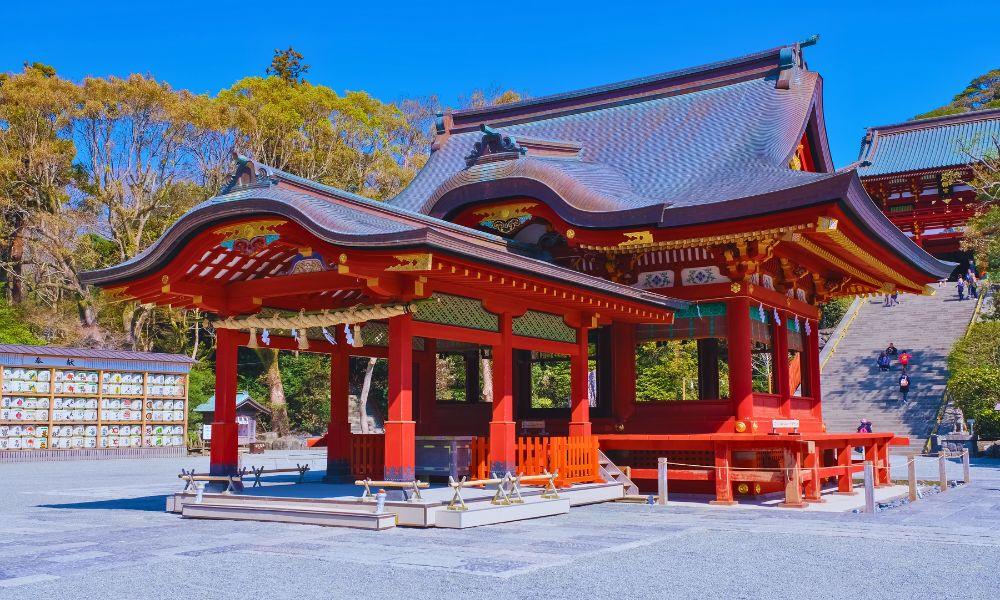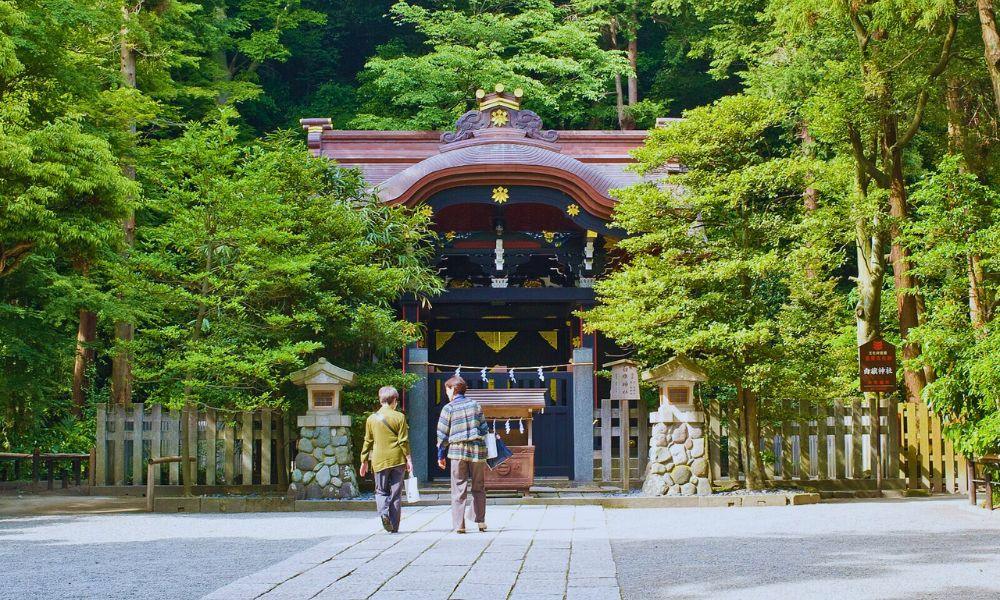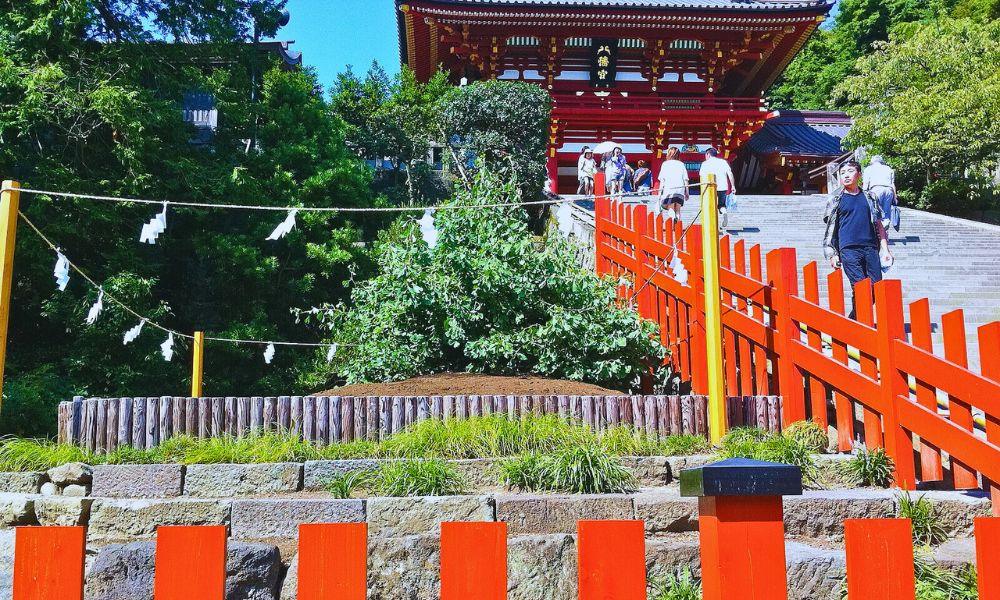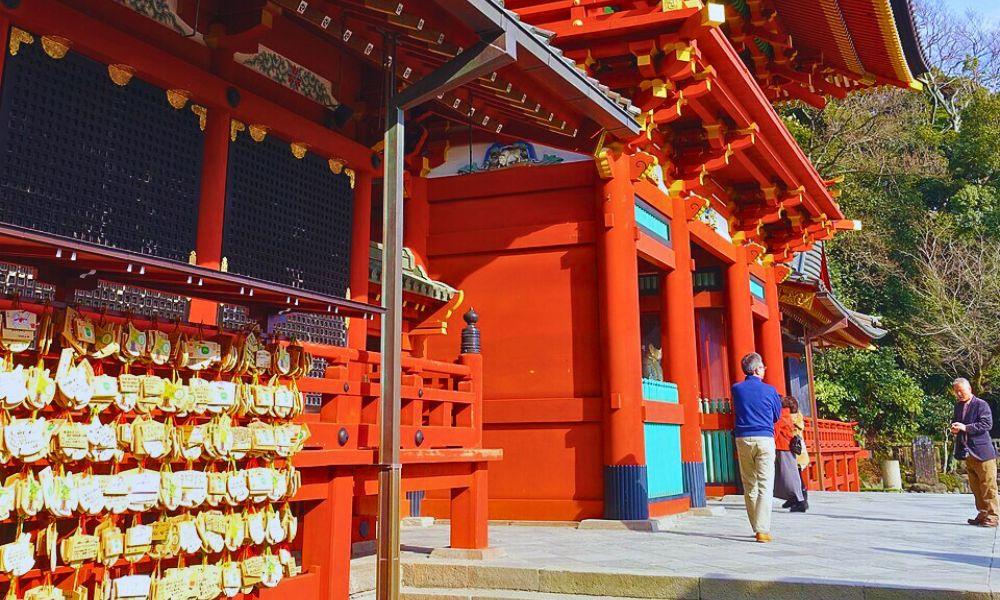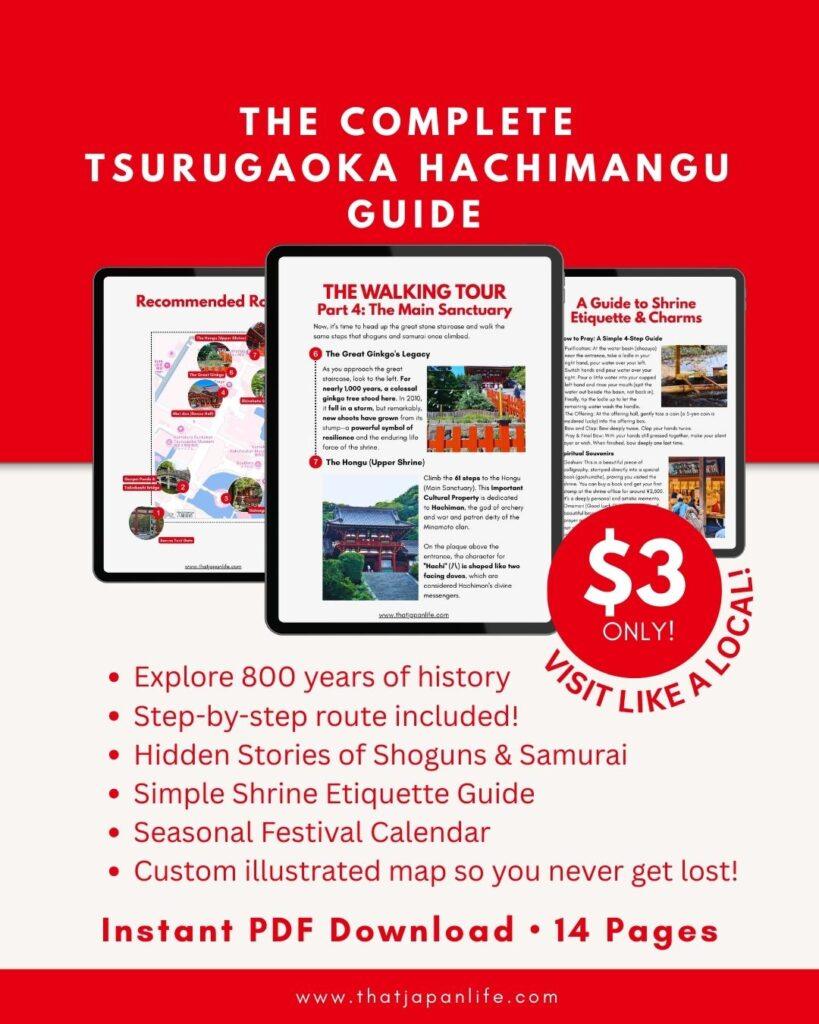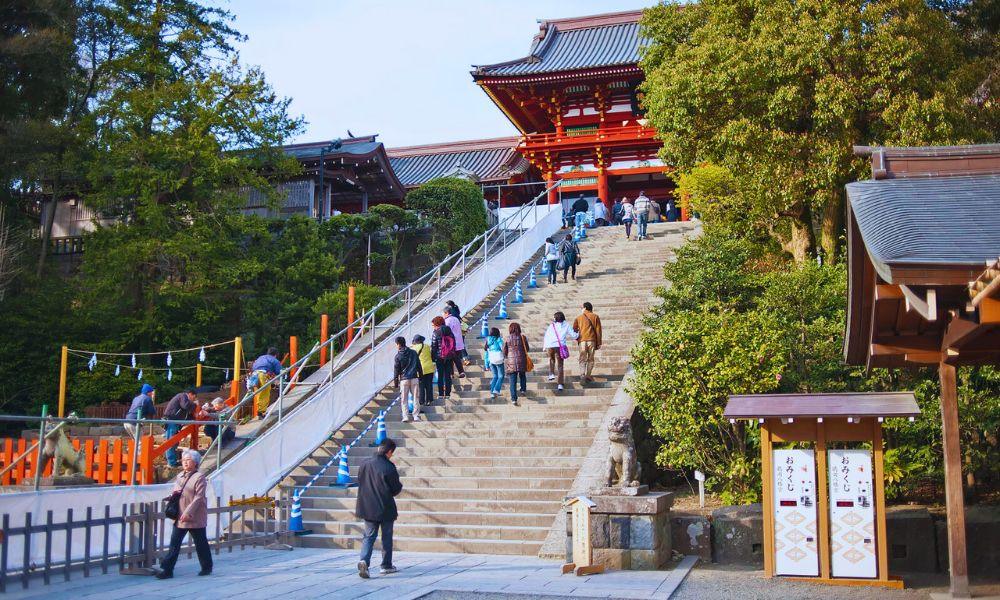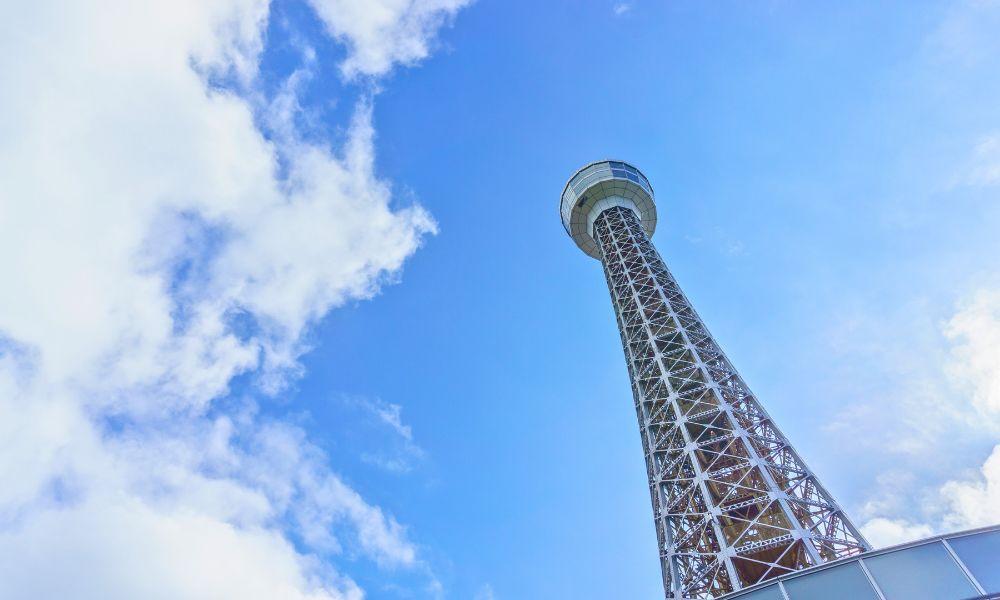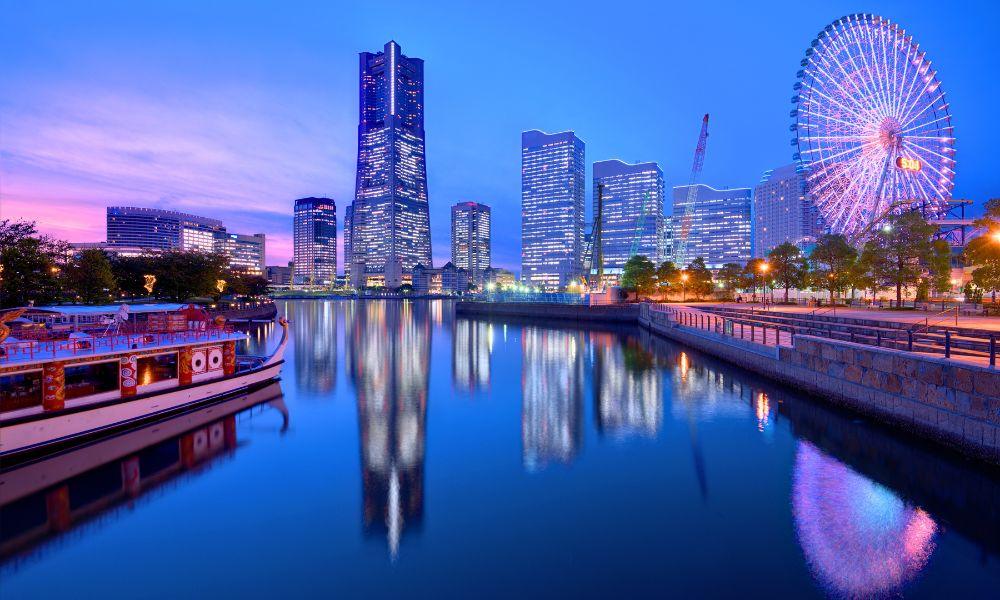So, you’re heading to Kamakura! Awesome choice. You’re probably planning to visit the city’s number one landmark: Tsurugaoka Hachimangu. And you totally should—it’s the historic and spiritual heart of the city, founded by the first-ever shogun of the Kamakura period. It’s a huge deal.
But let’s be real, you look it up online and see this massive complex with a giant staircase, ponds, and tons of buildings. It can be a little intimidating. What’s actually important? What’s the story here? How do you visit without just wandering around aimlessly?
Don’t worry, I’ve got you. Think of me as your friend who’s been there a dozen times. I’m going to walk you through a simple, step-by-step tour that hits all the best spots in about 90 minutes. We’ll cover the epic history, the cool hidden details, and everything you need to know to feel like you truly experienced the place.
Ready? Let’s go.
Getting to Tsurugaoka Hachimangu: The Walk is Part of the Experience
Your adventure really starts the moment you leave JR Kamakura Station. You’ll be walking along a wide, straight road called Wakamiya Oji. This isn’t just any street; it’s the original pathway to the shrine, built almost 900 years ago by the shogun himself as a prayer for his wife’s safe childbirth. As you walk, you’ll pass under a few massive torii gates. Each one feels like you’re leveling up, getting closer to the sacred space. Take your time, grab a snack from a side street, and enjoy the buildup.
Love historical walks? Check out my Yokohama itinerary for history buffs:
Stop 1: The Entrance and the Ponds of Rivalry
Okay, you’ve passed under the last giant red gate. You’re in. The first thing you’ll see are the Genpei Ponds, with a cool arched bridge called the Taikobashi Bridge cutting through the middle.
Now, these aren’t just pretty ponds for the ‘gram. They’re actually a piece of medieval shade. The pond on the right is the Genji Pond, for the shogun’s victorious Minamoto clan. The one on the left is the Heike Pond, for their defeated rivals, the Taira clan.
Get this: the Genji pond has three islands, because the number three symbolizes birth and prosperity. The Heike pond has four islands, and the number four in Japanese (shi) sounds like the word for death. It’s a subtle, permanent curse built right into the landscape. Savage, right? In the summer, the ponds are covered in gorgeous lotus flowers, which makes the whole scene a little less menacing.
You can’t cross the red bridge, by the way. It was meant for super important people back in the day, so now it’s just for show. It’s a great photo spot, though!
Stop 2: The Island of Good Fortune
Take a little detour and walk along the edge of the Genji Pond (the “good guys” pond on the right). You’ll find a small bridge leading to an island. This is home to the Hataage Benzaiten Shrine.
Its name, “Hataage,” means “flag-raising,” and the story is awesome. This is the exact spot where the shogun, Minamoto no Yoritomo, planted his clan’s white flag and prayed for victory before going off to a massive war. So, you’re basically standing at the spiritual starting point of the entire samurai government.
The shrine is for a goddess named Benzaiten, who is one of Japan’s Seven Lucky Gods. She’s the goddess of arts, wisdom, and wealth, so you’ll see people stopping here to pray for success in exams or for their business to do well. It’s a really peaceful little spot.
Stop 3: The Stage of Legends and a Prayer for Victory
Head back to the main path. The beautiful open-air stage in the middle of the grounds is the Mai-den, or Dance Hall. This place has a story worthy of a movie.
Back in 1186, a famous dancer named Shizuka Gozen, who was the lover of the shogun’s fugitive brother, was captured. She was forced to dance on this stage for the shogun and the whole court. In an incredible act of bravery, instead of dancing to please him, she performed a dance all about her undying love for his enemy. The shogun was furious and was about to punish her, but his wife, Masako Hojo, was so moved that she talked him out of it. It’s this legendary act of defiance that makes this stage so famous.
Shizuka’s dance is commemorated every year during the shrine’s annual festival. Learn about it and Kamakura’s must-see annual events here:
Just to the left of the giant staircase, you’ll see a very cool, all-black building. This is the Shirahata Shrine, which means “White Flag Shrine.” It’s dedicated to the spirits of the first shogun and his son. Since Yoritomo was a master strategist who won a huge war, this shrine is known as a “power spot” for victory. People come here to pray for success in everything from sports matches to job interviews.
Stop 4: The Final Climb and the Heart of the Shrine
Alright, time for the main event. Look at that massive stone staircase. To the left, you’ll notice a big tree stump with a younger tree growing right next to it. This is what’s left of the Great Ginkgo Tree, which was 1,000 years old! It was a living witness to history. Legend says an assassin hid behind it in 1219 to kill the third shogun, ending the Minamoto family line in a bloody ambush. The tree fell in a storm in 2010, but the fact that it’s regrowing is seen as a powerful symbol of resilience.
Take a deep breath and head up the 61 steps. The view from the top, looking back down the avenue to the ocean, is incredible. You’ve made it to the Hongu, the Main Shrine.
This is the most important building in the whole complex. It’s dedicated to Hachiman, the god of archery and war, who was the patron god of the Minamoto samurai.
Here’s a cool secret to look for: Gaze up at the big sign over the entrance. The Japanese character for “Hachi” (八) is actually made to look like two facing doves! Doves are considered the messengers of the god Hachiman, so it’s a clever little hidden detail.
So, What Did You Think?
You did it! You’ve walked through 800 years of samurai history. You’ve seen curses built into ponds, stood on a stage of defiance, and climbed the steps to the heart of a shogun’s power.
But this is just scratching the surface. What if you had a beautiful map in your hand to guide you? Or if you knew the full, dramatic backstories of the shogun, his powerful wife, and the tragic dancer?
That’s exactly why I created the Complete Tsurugaoka Hachimangu PDF Guide. For just $3, it’s a 14-page downloadable guide with a custom map, a “Who’s Who” of all the key players, a guide to shrine etiquette, and a full calendar of festivals.
Transform your visit from a simple walk into an unforgettable adventure with my Complete Tsurugaoka Hachimangu PDF Guide.
If you enjoyed this tour, the PDF will make your real-life visit ten times better.
